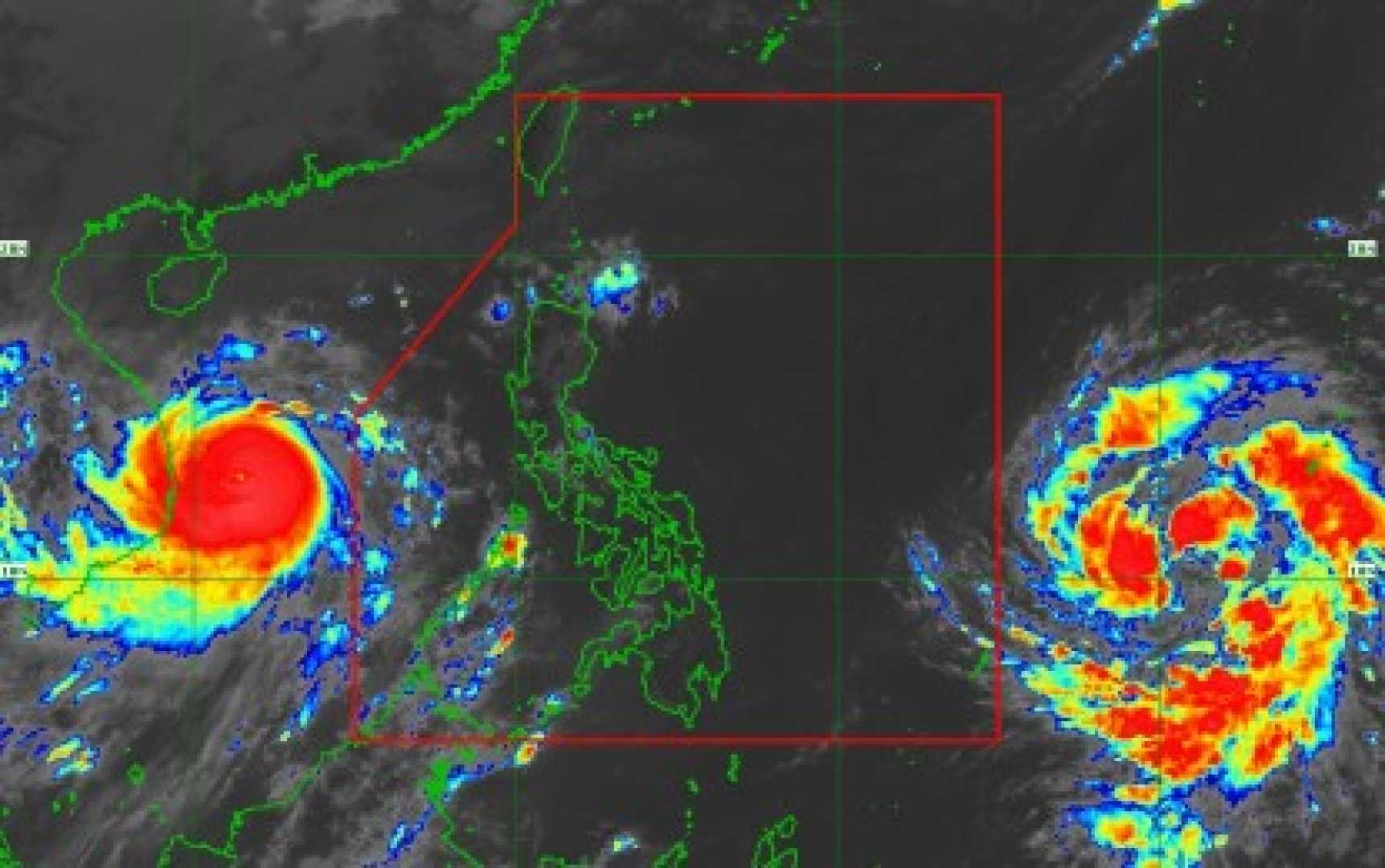News
Super Typhoon Fung Wong Set to Strike Philippines After Kalmaegi’s Destruction

AURORA, Philippines — A storm heading for the Philippines has been upgraded to super typhoon status, with one outlying island region already reporting “life-threatening conditions.” Typhoon Fung Wong, locally known as Uwan, is expected to bring sustained winds of 185 km/h (155 mph) and heavy rain on Sunday, according to the Philippine Atmospheric, Geophysical and Astronomical Services Administration (PAGASA).
Catanduanes, an island off Luzon’s coast, was the first area to feel the storm’s effects early Sunday morning. This new threat follows Typhoon Kalmaegi, which left catastrophic damage and nearly 200 fatalities in its wake just days earlier. Local schools have canceled classes or shifted to online formats, while Philippine Airlines suspended several flights.
Although Fung Wong is predicted to weaken rapidly upon reaching land, it will likely remain a strong typhoon as it crosses Luzon. Areas on the eastern side of the Philippines are already experiencing gusty winds and heavy rainfall, according to PAGASA officials.
Residents in low-lying and coastal regions have been urged to evacuate to higher ground to brace for the storm’s impact. In Aurora, hotel worker Hagunoy, 21, shared that local police had been conducting safety checks to ensure guests were evacuated.
“The hotels were deserted this morning as we prepared for the storm to hit around midnight,” he said. He opted to stay behind to guard the property before heading home to safety. Staff secured windows and doors to withstand the strong winds.
The aftermath of Typhoon Kalmaegi led to the suspension of rescue operations due to mudslides and flash flooding, which claimed at least 204 lives in the Philippines and left over 100 people still reported missing. Another five fatalities were confirmed in Vietnam, where the storm damaged homes, uprooted trees, and caused widespread destruction.
As the government declared a state of calamity in preparation for Fung Wong, officials reminded residents to stay alert and prioritize safety. Norlito Dugan, a local evacuee, expressed his concern: “We decided to evacuate because the recent typhoon brought floods to our area. I want to keep my family safe.”
Typhoon Fung Wong is another reminder of the Philippines’ vulnerability to tropical cyclones due to its geographic position, often experiencing about 20 such storms annually. Experts warn that climate change intensifies the storms, affecting both wind speeds and precipitation levels.
As the approaching super typhoon looms, the Philippines remains on high alert, hoping to mitigate the damage caused by this latest weather threat.












